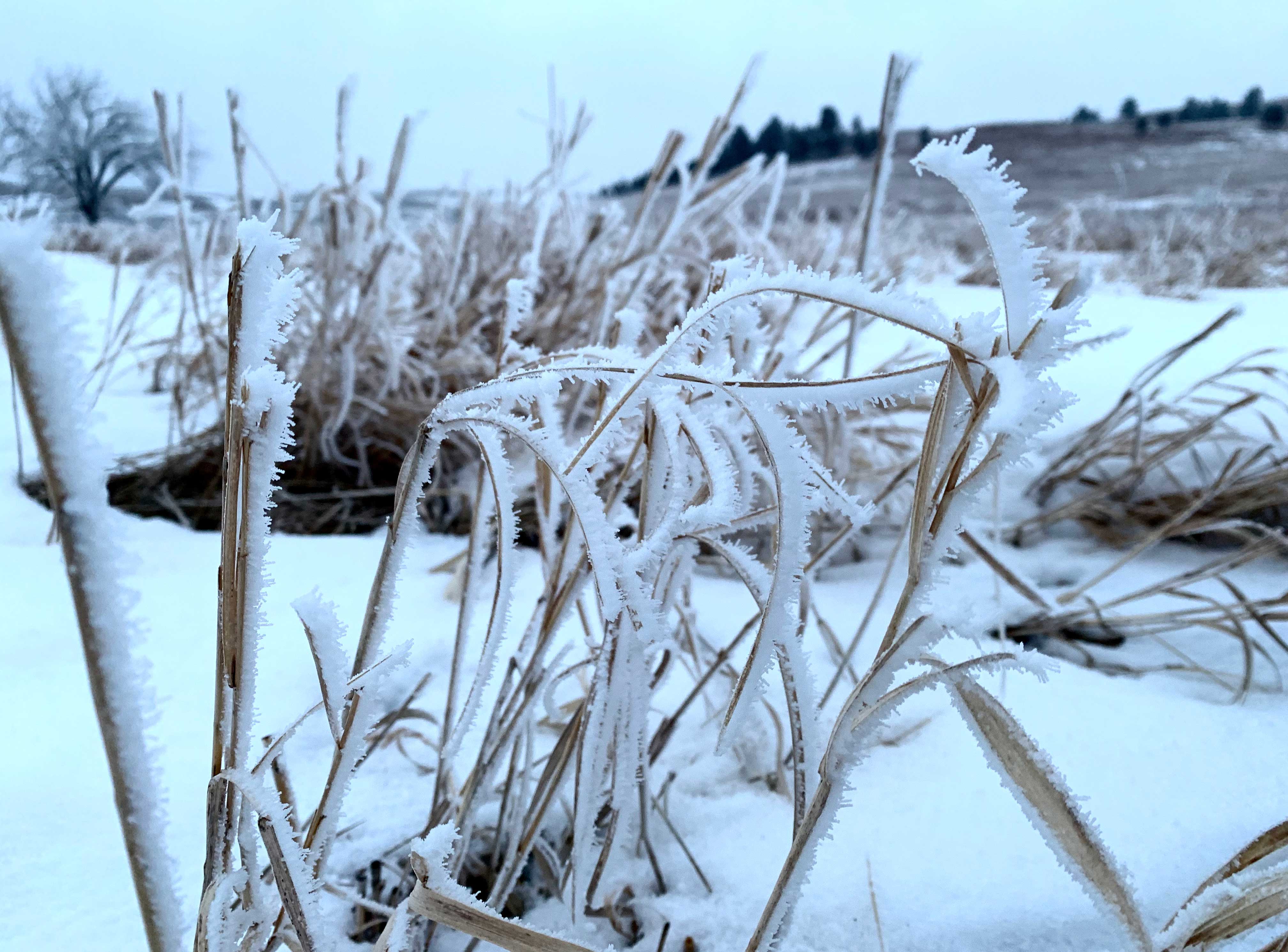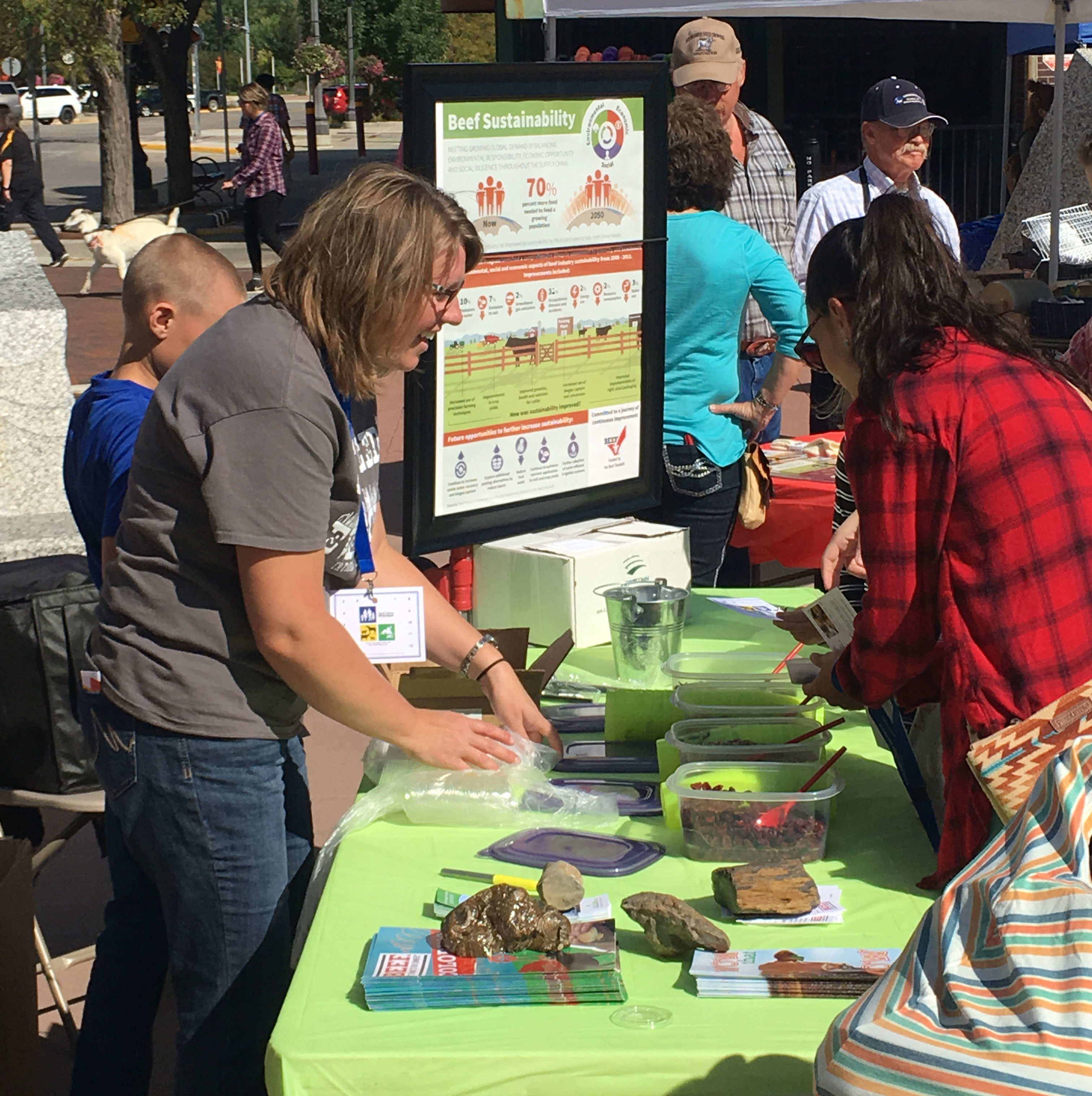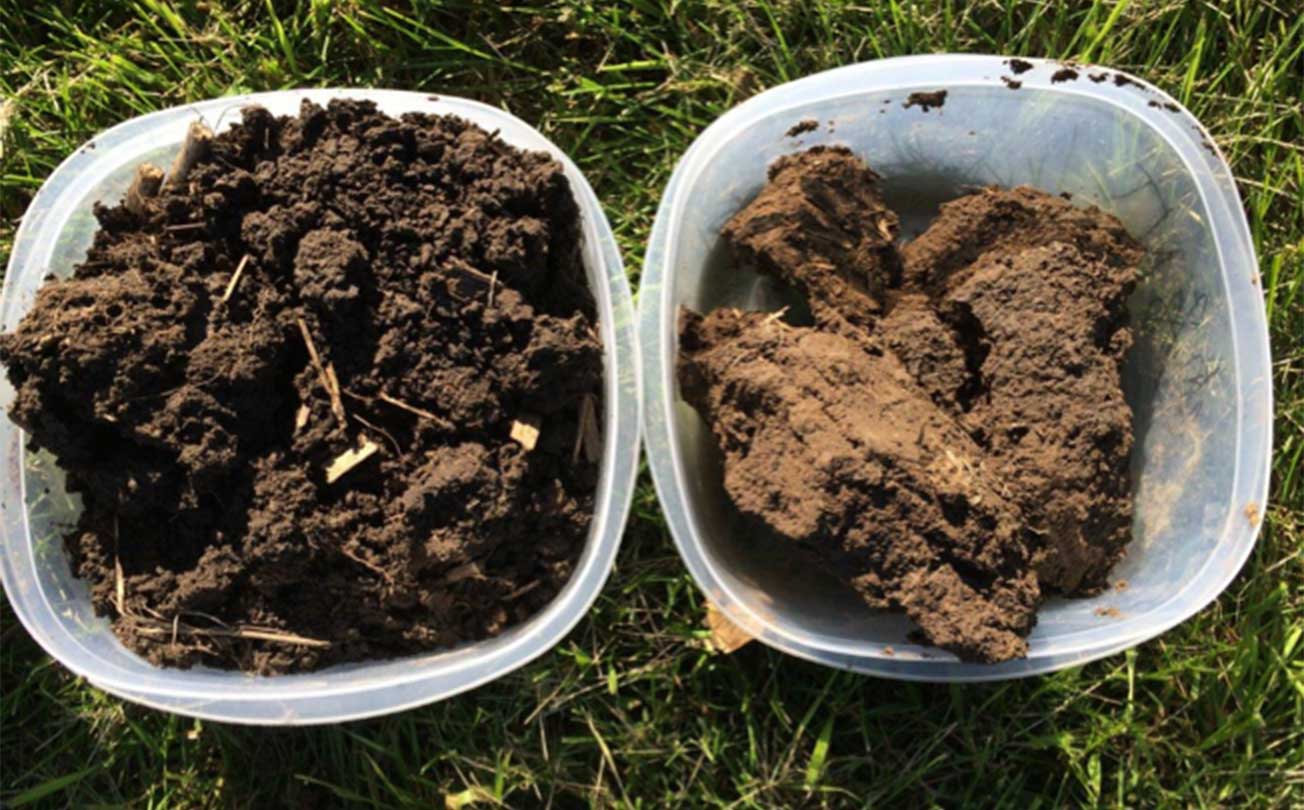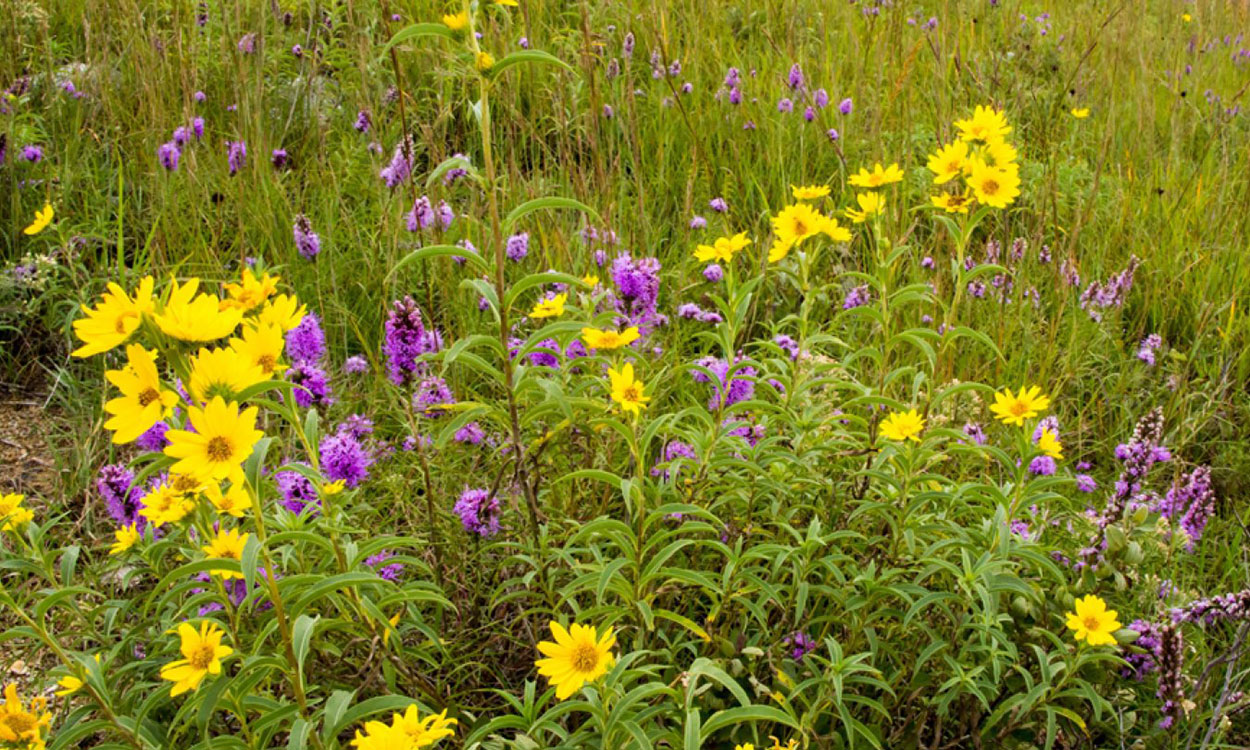Search

Weed Control: Noxious Weeds
Noxious Weed Recommendations: Herbicides for pasture, range, and non-crop areas, including roadside and other right-of-way that may be harvested for hay or grazed, are given a priority.

South Dakota Delegate, Matea Gordon, to Present at the Society for Range Management Annual Conference in Denver
February 07, 2020
Matea Gordon, sophomore at Sturgis Brown High School, has been selected by the South Dakota section of the Society for Range Management (SRM) to participate in the High School Youth Forum (HSYF).

An identification guide to common Dung Beetles of South Dakota
A guide of common dung beetles of South Dakota.
![A herd of cattle gather around a stock pond on a vast, lush grassland. Courtesy: USDA [CC BY 2.0]](/sites/default/files/2019-05/W-00231-00-cattle-grazing-grassland-pasture-range.jpg)
Weed Control: Pasture and Range
There are 24 million acres of native and tame pasture and range as well as 1.4 million acres of grass hayland in South Dakota.

Alternative Calving Considerations
Structuring a calving program that best suites farm and ranch operations can be challenging. Of primary concern are: weather, labor, market timing, and animal health considerations, with weather possibly being the most volatile factor, as it ranges from challenging to catastrophic in some years.

SWOT Analysis for Your Ranch (And Don’t Forget About Yourself)
Completing a SWOT (Strengths, Weaknesses, Opportunities, Threats) analysis allows you to evaluate your operation's current position and decide on management strategies to achieve your goals for the next year. Learn how to get started today!

New “AgriCulture” Event in Rapid City Connects Urban Families to Ag Community
Rapid City’s Main Street Square featured all-things agriculture on Saturday, September 21, 2019 allowing urban consumers an opportunity to meet the farmers and ranchers who produce their food and learn how they care for crops, livestock and rangelands.

Organic Agronomy Starting to Impact
For decades scientists have known that a handful of soil contained more micro-biological organisms than the number of humans on earth. Science is just beginning to discover these organisms and learn about their functions and contribution to their soil ecosystem.

Range Roundup: SDSU’s Native Plant Initiative
The SDSU Native Plant Initiative aims to improve our understanding of South Dakota’s native plants, including which ones are best-suited for restoration and production. This information will help guide stakeholders in matching native species to desired restoration outcomes.